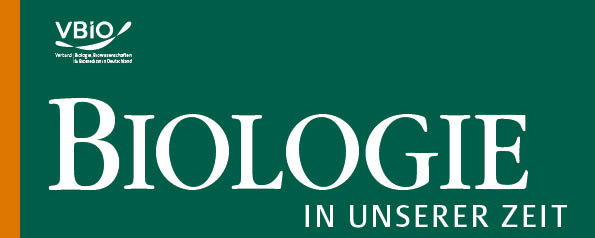Toxic food plants
DOI:
https://doi.org/10.11576/biuz-4578Keywords:
Nahrungspflanzen, cyanogene Glycoside, chemische Bombe, Bittermandel, Sorghum, CassavaAbstract
Cyanogenic glycosides are natural plant toxins contained in foods that release hydrogen cyanide when chewed or digested. The glycosides themselves are non-toxic. Glycosidases are necessary to split off the sugar residues, which only react when the tissue of the plant is damaged and both reactants come together. This is the first step to release hydrocyanic acid protecting the plant from feeding damage. In addition to the seeds of our Rosaceae species such as apple, peach, almond (bitter almond) and apricot, there are numerous global economic plants that contain these poison precursors. Manioc (cassava), a staple food in Africa, is poisonous in all parts if the non-toxic glycoside is not removed properly. In sweet grasses such as sorghum millet and bamboo, the young shoots of which are eaten with pleasure, high concentrations of the hydrogen cyanide glycoside Dhurrin occur. Especially the young, sensitive shoots of plants and the reproductive organs are protected by this “chemical bomb”. In sorghum millet, only the part of the plant used for green fodder production contains the glycoside, the seeds are non-toxic and can be processed without prior treatment.

Downloads
Published
How to Cite
Issue
Section
License
Copyright (c) 2021 Susanne Bickel

This work is licensed under a Creative Commons Attribution-ShareAlike 4.0 International License.

